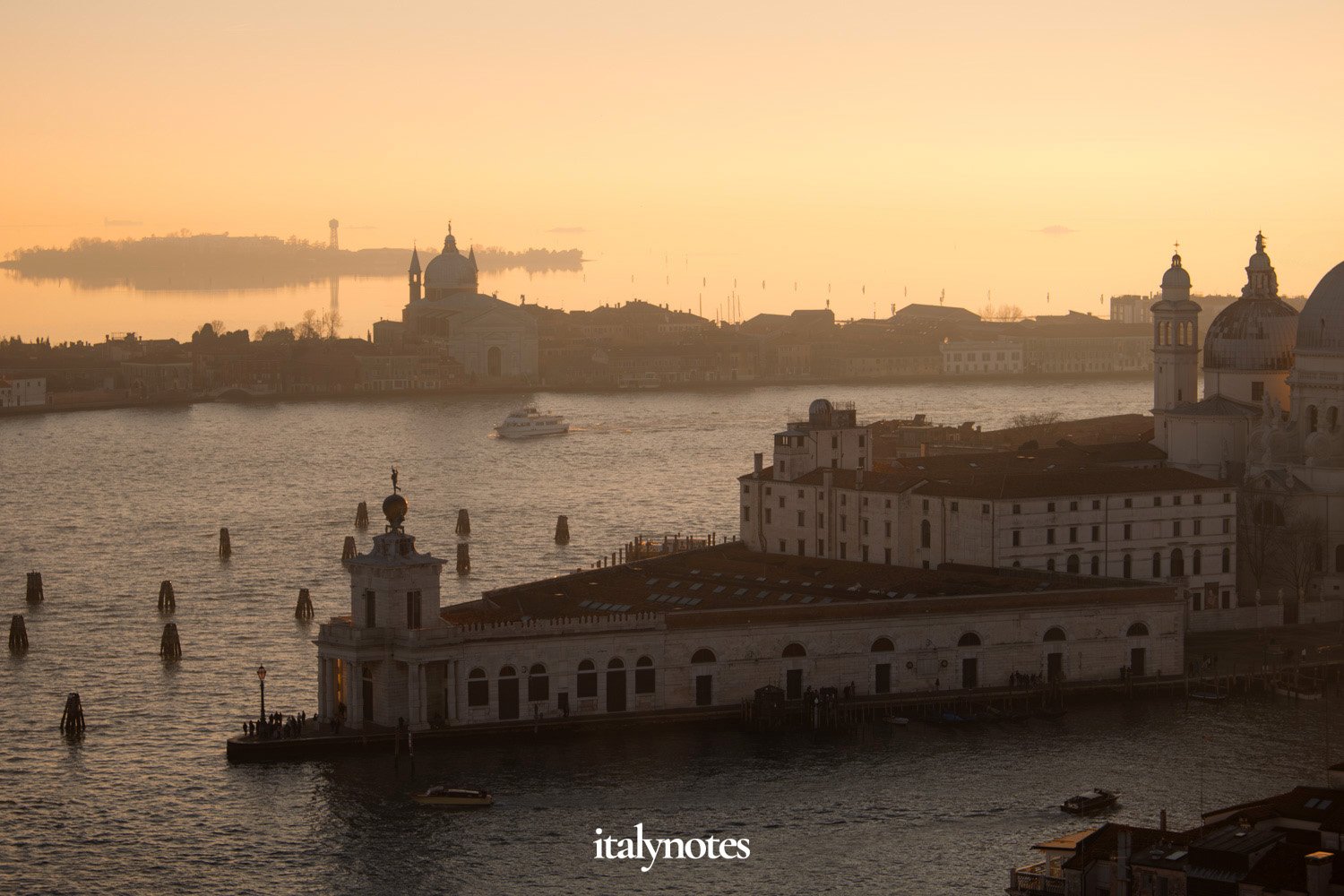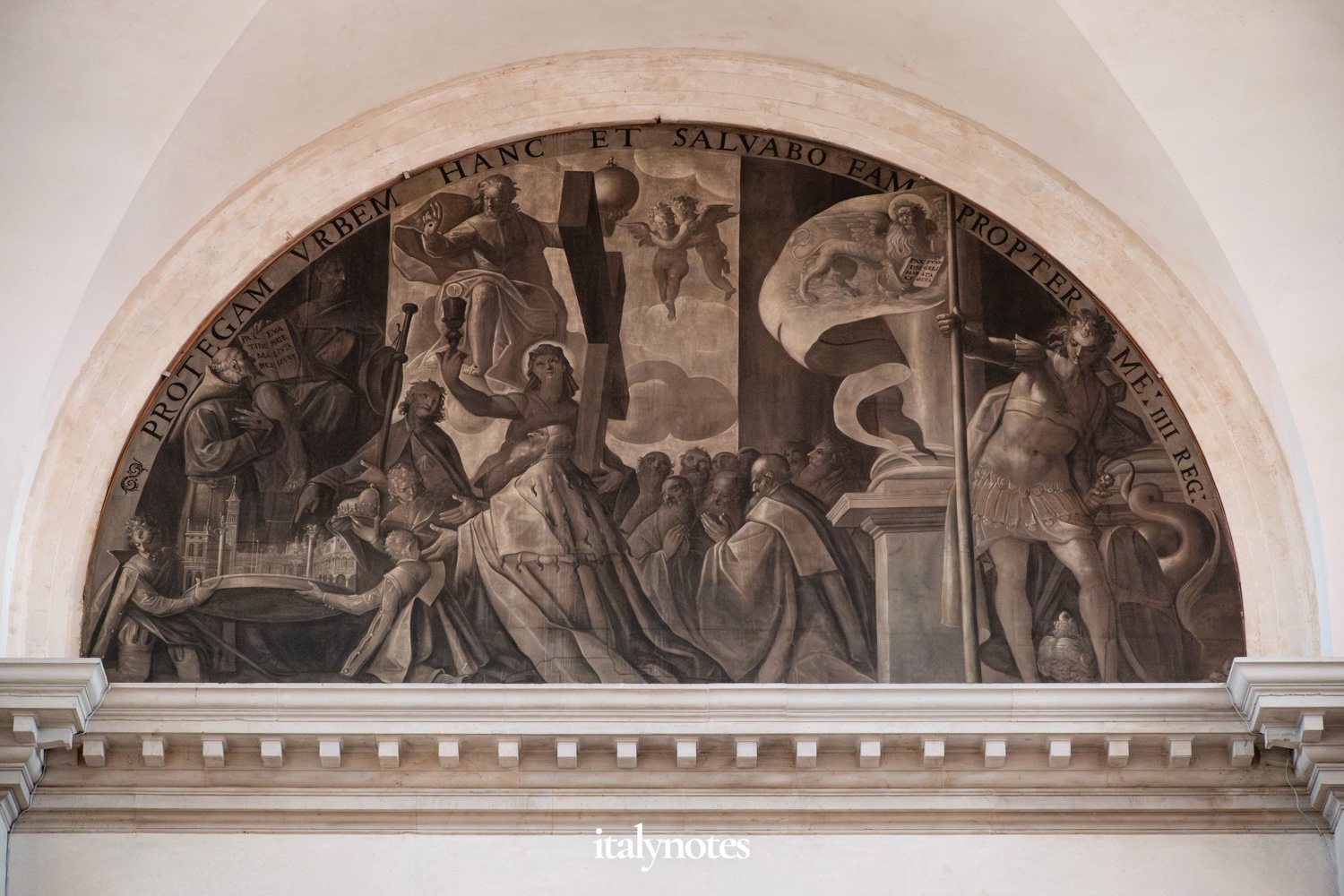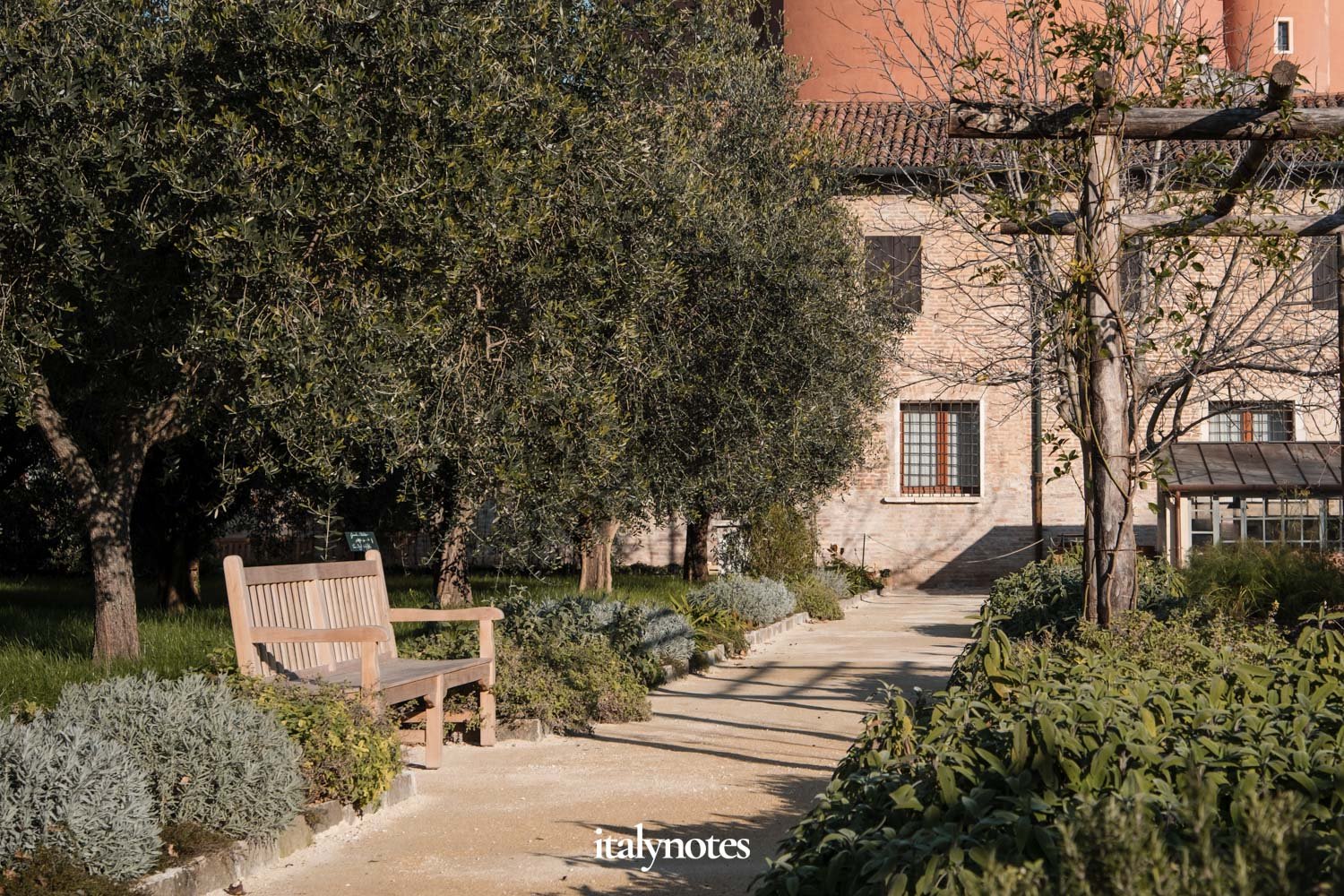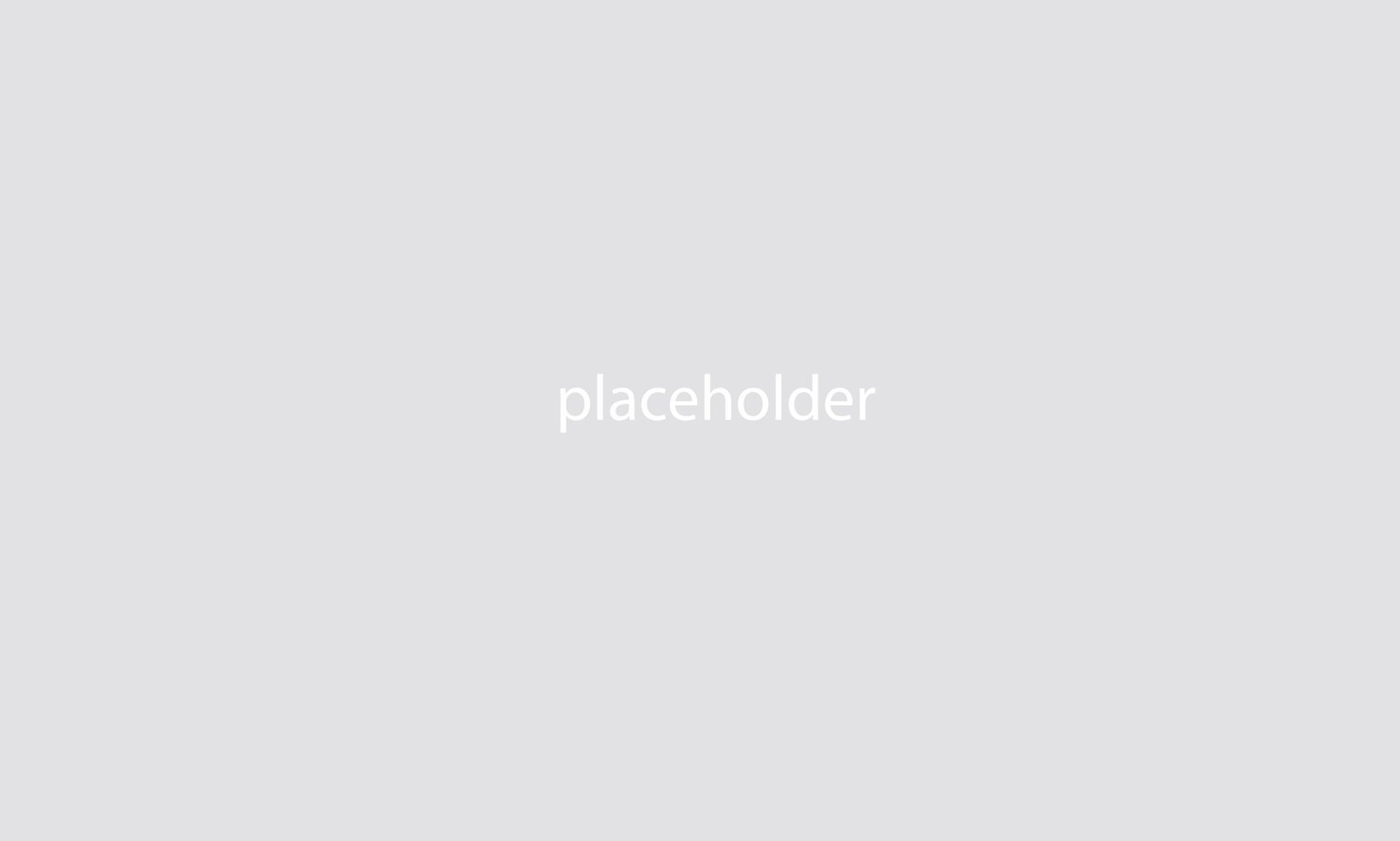Il Redentore: votive church and God's deliverance of the plague
| Last updated: January 2025 |
Most first-time visitors to Venice tend to stick to the busy streets around San Marco and the Rialto area. And to be honest, I probably would have done the same if I hadn't picked up a Chorus Pass on my first visit. The pass gives you access to 15 beautiful churches around Venice, each with amazing religious architecture and art by masters like Bellini, Canova, Tiepolo, Tintoretto, and Tiziano.
One of the lesser-visited areas the Chorus Pass took me to was Giudecca, an island across the Giudecca Canal. It's part of the Dorsoduro district and feels worlds apart from Venice's crowded center. Over time, this island has gone through many changes. Initially a residential area, in the early 1900s, it transformed into an industrial hub with shipyards and factories. While some of that still lingers, it became primarily residential again after World War II.
But Giudecca isn't all about factories and houses. Dominating the island's skyline is the Chiesa del Santissimo Redentore, or il Redentore. This was the church the Chorus Pass led me to several years ago. Now, in December 2024, I'm heading back to visit its recently reopened gardens. It's the perfect time to share the story behind this church.
In December, under a slightly misty yet stunning sunset, the silhouette of the Chiesa del Santissimo Redentore stands out prominently against the skyline of Giudecca (in the background).

|
Chiesa del Santissimo Redentore |
Deliverance of the plague
In the late Middle Ages, the Black Death swept through Europe, wiping out a huge portion of the population. Bustling cities like Venice, full of people constantly on the move, were especially vulnerable.
A major outbreak in 1575 brought Venice to a standstill. Authorities blocked off the city at the Rialto Bridge and confined half the population to their homes to stop the spread of disease. While the wealthy escaped to the countryside, the poor remained trapped in overcrowded and unsanitary conditions. In just two years, the plague claimed over 50,000 lives — about a third of the city's population.
In many places around Venice, you'll find (religious) art that depicts or refers to the city's worst plague epidemics. The monochromatic painting above commemorates Venice's decision to commission the Chiesa del Santissimo Redentore, asking for God's help to free the city from the plague. You'll find it right above the church's entrance.
During the pandemic, Venice's leaders turned to faith. And so, in 1576, the Senate decided to build a church for Christ the Redeemer, hoping God would ease the city's suffering. Since the church needed a prominent location, the Senate chose the Giudecca waterfront, making sure it would be visible to all.
In 1577, the Senate hired architect Andrea Palladio to design the votive church, and within a year, the first stone was laid. But more importantly, that same year, the epidemic was officially declared over! Could it be that God answered the Venetians' prayers?
To celebrate the end of the plague and thank the Redeemer, the Doge and other officials crossed the Giudecca Canal on a pontoon bridge. Since the church wasn't built yet, they set up an open-air altar. Today, this ritual, known as the Festa del Redentore, is still a major event in Venice, taking place annually on the third Sunday of July. The festival features a stunning fireworks display and a procession over a temporary pontoon bridge across the canal. Unfortunately, I haven't had the chance to experience it yet, but it's definitely on my list.
Between 1648 and 1650, Joseph Heinz il Giovane painted the procession crossing a temporary pontoon bridge over the canal, leading to the Chiesa del Santissimo Redentore. You can find his painting in the Correr Museum.
Renaissance architecture
As I mentioned before, Andrea Palladio made the church's design. Influenced by Roman and Greek architecture, many consider Palladio one of the most influential Renaissance architects. No wonder il Redentore also features many of the Renaissance ideals. Look, for instance, at the meticulous geometry, mathematical proportions, and thoughtful integration of ancient Roman elements, creating harmony and order.
A total of 15 steps lead up to the church's entrance. This exact number of steps refers to the Temple of Jerusalem, which also had 15 steps. It not only elevates the church's plinth and enhances its prominence, but Palladio also envisioned a gradual ascent, adding a sense of devotion when approaching the church.
The Chiesa del Santissimo Redentore embodies numerous Renaissance ideals, such as precise mathematical proportions and the incorporation of classical Roman elements. To the left of the entrance stands a statue of Venice's patron saint, San Marco, while the statue on the right depicts San Francesco d'Assisi.
For the facade's design, Palladio took inspiration from the Pantheon in Rome and the Roman Empire's triumphal arches. It features several large triangular pediments that partly intersect each other. Palladio already experimented with these intersecting pediments before when designing the facade for Venice's Chiostri di San Francesco della Vigna.
The single entrance of the church sits between two statues. The statues on the left represent Venice's patron saint, San Marco. On the right of the entrance is San Francesco d'Assisi. This is probably because Pope Gregory XIII placed the church in charge of the Order of Friars Minor Capuchin, an order of Franciscan friars.
Crowning the church is a large dome with a statue of Christ the Redeemer on top.
Interior of the Chiesa del Santissimo Redentore. As you can see, the interior feels pretty minimalistic compared to many other Venetian churches. The high altar immediately catches your eye, standing out as the most (and only) ornate element in the space.
Upon entering il Redentore, you'll see that Palladio went for a single nave with three chapels on each side, despite the Senate's wish for a square plan. Another aspect you'll immediately notice is that the interior feels pretty minimalistic compared to other Venetian churches. The chapels aren't overloaded with decoration, giving them a relatively sober and harmonious look — which works well for a church run by Franciscan friars.
Sadly enough, Palladio passed away before the church's completion in 1580. However, his foreman, Antonio da Ponte, remained faithful to the original design.
There's a statue of Christ the Redeemer above the high altar as well.
(Religious) works of art
As you step inside, the high altar immediately catches your eye, standing out as the most (and only) ornate element in the space. On either side, you'll find statues of San Marco and San Francesco d'Assisi, with Christ on a crucifix above the altar. The altar also features bas-reliefs that illustrate several Stations of the Cross.
The high altar stands out as the most ornate element inside the church. Its lower bas-relief portrays the fifth Station of the Cross, where Simon of Cyrene assists Jesus in carrying the Cross.
Now, let's move the chapels. Each one features artwork by a famous artist and highlights a key moment from Jesus' life. I'll take you through them chronologically, starting with the first chapel to the right of the entrance. Attributed to Francesco Bassano the Younger, the painting in this chapel depicts the Birth of Christ.
In the next chapel, there is a painting of Paolo Veronese. Unfortunately, Veronese died in the same year starting the painting. His death caused the painting to be completed by his children. It shows the Baptism of Christ, just as described in Luke 3:21-22.
When all the people were being baptized, Jesus was baptized too. And as he was praying, heaven was opened and the Holy Spirit descended on him in bodily form like a dove. And a voice came from heaven: "You are my Son, whom I love; with you I am well pleased."
The Birth of Christ (left), attributed to Francesco Bassano the Younger, and the Baptism of Christ (right) by Paolo Veronese (and his children).
The third chapel on the right contains a painting attributed to (the workshop of) Tintoretto, one of the most famous Renaissance masters. Working in Venice and beyond. The painting depicts the Flagellation of Christ.
Head to the other side of the church, where the first chapel beside the high altar holds a (copy of a) piece by Jacopo Palma the Younger. After Tintoretto died, Palma took over as Venice's leading artist. This copy of his work shows the Deposition of Christ.
The Flagellation of Christ (left), attributed to (the workshop of) Tintoretto, and the Deposition of Christ (right) by Jacopo Palma the Younger.
Above the altar in the next chapel is a painting of the Resurrection, the event that God raised Jesus from the dead on the third day after his crucifixion. Just like the first painting (the Birth of Christ), the Resurrection is the work of Francesco Bassano the Younger.
In the sixth chapel, you'll again find a painting attributed to the workshop of Tintoretto. It depicts the Ascension, more or less as described in Luke 24:50-51.
When he had led them out to the vicinity of Bethany, he lifted up his hands and blessed them. While he was blessing them, he left them and was taken up into heaven.
The Resurrection of Christ (left), by Francesco Bassano the Younger, and the Ascension of Christ (right) attributed to the workshop of Tintoretto.
Before leaving the church, also take a look at the two paintings above the entrance. The lower one shows San Felice da Cantalice receiving baby Jesus from the Virgin. The painting celebrates the Capuchin order by glorifying one of their saints.
The upper painting celebrates Venice's commission to construct the church, hoping God would free the city from the plague.
Painting of San Felice da Cantalice receiving baby Jesus from the Virgin. Above it, a plaque recalls the Senate's vow to build the church, hoping God would bring relief to Venice's suffering.
Secret garden
As I mentioned in this post's introduction, I decided to revisit il Redentore this year for one simple reason: the newly opened garden. After being hidden for over 500 years, this green oasis is now open to the public for the first time.
As you can tell from the map, the garden may be small, but it provides a delightful retreat, perfect for a relaxed and unhurried stroll.
In November 2019, a tidal surge from the Adriatic Sea sent vast amounts of water into the lagoon, raising Venice's water level by more than 150 cm. The surge, which the Venetians later named this event 'Acqua Granda,' caused severe damage to the church's garden. But thanks to the work of the friars who've cared for this place for centuries and the Venice Garden Foundation, the garden has recently been brought back to life. Cypresses, olive trees, grapevines, and herbs again fill the space, creating a beautiful reminder of how nature and spirituality go hand in hand. The garden's restoration also seemed to provide the perfect opportunity to open the area to visitors.
At times, the cold winter air carried a faint scent of fresh sage and rosemary.
I have to say, walking through the garden was incredibly peaceful, with the smell of herbs and medicinal plants adding to the experience. One of my favorite spots was at the back of the garden by the lagoon, where you can look over the water. It starkly contrasted the usual chaos of Venice's center, the Canal Grande or the Giudecca Canal.
In the heart of the garden, where the paths converge, lies a water basin adorned with lotus flowers and water lilies. It's a subtle tribute to Venice's historical trade connections with the East.
One of my favorite spots was at the back of the garden by the lagoon, where you can look over the water.
Despite being winter, the garden's many evergreen plants still make it a great spot to visit, though I imagine it's even more beautiful in spring when more flowers bloom. Perhaps I'll have to go back next year... But for now, let me know in the comments if you've visited the garden and what you thought of it!
I imagine the garden is even more beautiful in spring when more flowers bloom.
Practical information

|
|

































